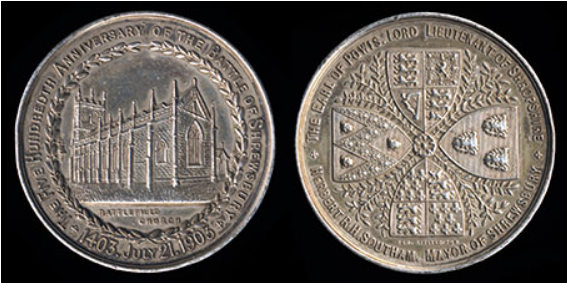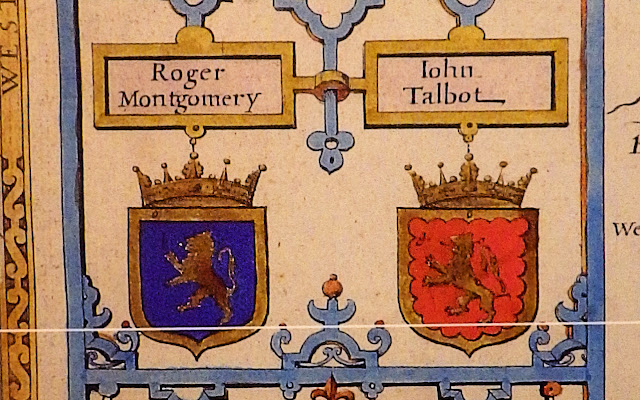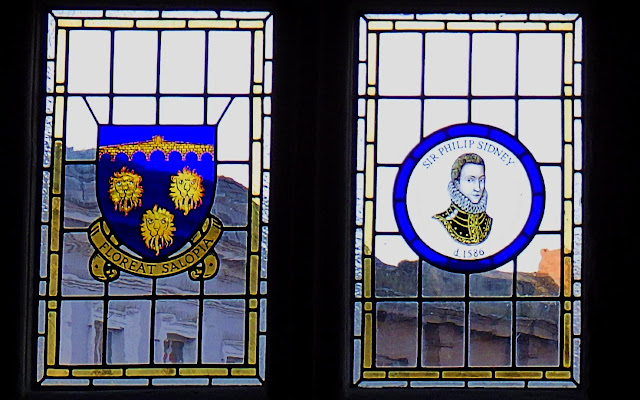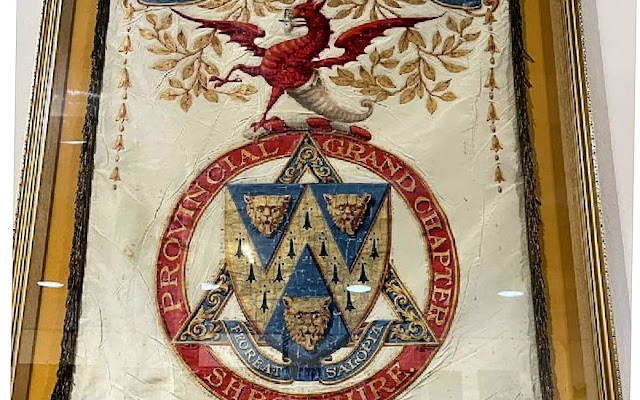After mentioning the way the Scouts' Shropshire logo features laughing-style loggerheads (see previous post), here are some more of the same - on the side of the Andy Miles Scout Centre at the West Mids Showground in Shrewsbury.
The colours of the Scout Movement are brown & yellow, which is , I presume, why the loggerheads here are in those colours and not in their traditional colours of gold & blue. Earl Roger, who gave the gold & blue colours to Shrewsbury-Shropshire, may perhaps be turning in his grave! (see our Earl Roger In Gold & Blue post)
+
To comment on this post, just use the Comments field down this page or email us direct.
To get an email alert into your inbox every time we make a new post (about once a week), just click 'Subscribe & Follow' (at the top of the column to the right on this page) and just fill in the form











